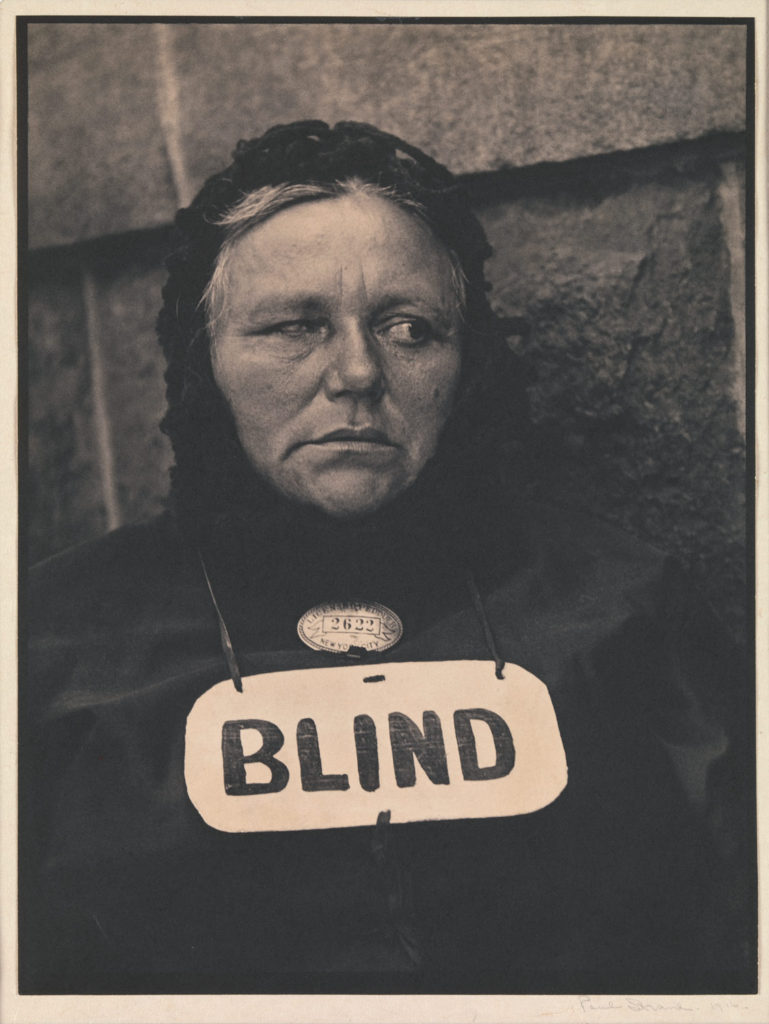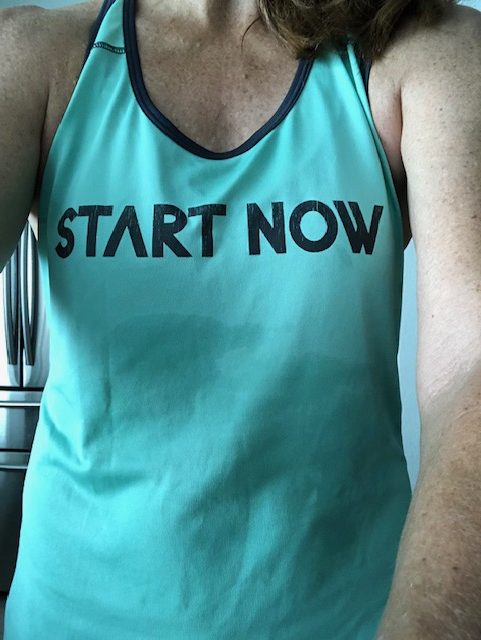
Looking at something from within is much more difficult than looking at something from without.
I bet you can relate. Let’s say you have a friend who continues to date the same kind of guy. Each subsequent boyfriend may look different, but in the end, he is very immature and incredibly selfish. Your friend can’t figure out why each relationship ends badly, with her feeling trod upon and taken advantage of.
It’s obvious to you, observing the relationships from the outside, what the problem is. She keeps choosing men who aren’t interested in a permanent, give-and-take relationship of love and compromise. They want short-term pleasure.
But your friend can’t see this. She is easily convinced that each new boyfriend will be different, because each one acts so attentively in the beginning. She can’t identify the larger pattern of similar personalities and behaviors of each man. And only after years of heartbreak can she even begin to notice larger patterns within her own behavior.
She is blind to something within her own life that is glaringly obvious to you observing from the outside.
It is similar to blindsight – a psychological phenomenon that occurs when a person is cortically blind but not retinally blind. In other words, the person’s eyes function just fine but part of their brain isn’t working. The person can see things, but she can’t perceive those things, so it is as if they don’t exist.
The interesting thing about people (or animals) with blindsight, however, is part of their brain still registers the existence of objects they see. They just don’t process the sensation. They can, for example, navigate around objects they don’t even know exist. If you asked why they just walked around the chair that is in their blind hemisphere, they wouldn’t understand what you are talking about.
I’ve often felt like that in my own life. I know I have thoughts and behaviors that sabotage me, that derail positive movement in a defined direction. Yet I can’t always process them. I’m aware that they are there, because I see their effects, but it is as if they are ghost furniture in my blind-side field.
That’s why the coaching/counseling process is so valuable. It allows a caring but uninvolved individual to help you see things you can’t see from within. A good coach can present verbal mirrors to help you reflect differently on events and verbal walls to give you something to push against and choose a different trajectory.
The coach doesn’t ever tell you what to think or do, she just helps you see things that were hidden before so that you can move forward with clarity.
A client of mine recently got a job offer in her desired field. The job offer wasn’t as good as she had hoped, and using an old lens of rejection and unworthiness, she interpreted the job offer as a slight, almost a rejection, rather than the opportunity it was. After some discussion, she began to see all the potential in the job offer and she realized that her future new boss believed in her enough to give her a shot in her new desired field, even though she had limited relevant experience. My client had blindsight to what turned out to be a major turning point in her life.
We all fall victim at some point to blindsight in our lives. It is impossible to see everything clearly from within your own life. It pays to have the perspective of someone you trust who can look in from the outside… and help you see that chair you keep tripping over.


